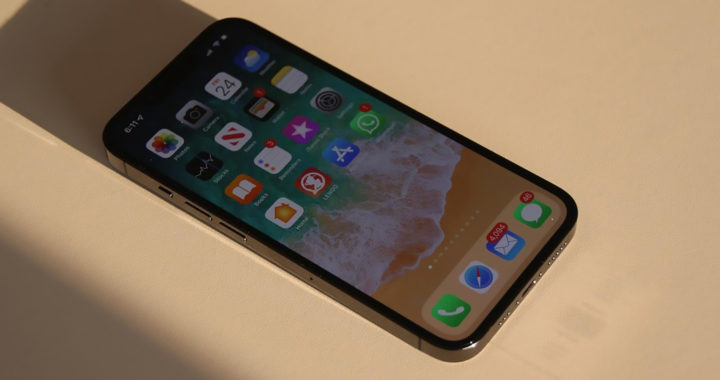One of the defining advantages of iOS devices or iPhones, as well as iPadOS devices or iPads, is that their base and mid-range specifications come with less random access memory or RAM when compared to Android smartphones and tablets.
The fact remains that the Android operating system and Android apps have become more resource-intensive over the years with developments in processors and related hardware technologies and the evolution of use cases.
Compared with a mid-ranger Android smartphone that comes with at least 6GB to 8GB of RAM, the mid-range iPhone SE 2022 only has 4GB of RAM. Furthermore, when compared in terms of performance, the mid-range iPhone outcompetes mid-range Android smartphones.
Why exactly iOS uses less RAM than the Android operating system? More specifically, why do iPhones and iPads need less RAM than Android smartphones and tablets, and why do iOS and iPadOS devices still outperform Android devices despite running on lower RAM?
Reasons Why iPhones Use Less RAM Than Android
One of the reasons why iPhones use less RAM than Android is the programming languages used to write these operating systems. Note that Android was written primarily using Java and most Android apps use the same programming language.
The problem with how Android was written is that it depends on the Java Virtual Machine to compile the operating system code and run it on different devices from different manufacturers using different processors. The operating system was essentially developed and written to run on different devices from different manufacturers.
Note that the Java Virtual Machine converts the compiled operating system code called the Java Bytecode to the native code of the processor of a particular device. This is inefficient because the processor cannot read and execute the Android code as it is.
On the other hand, iOS and iPadOS were written using the Swift programming language, as well as other general-purpose programming languages. Furthermore, these operating systems were written with the Apple-designed hardware in mind. iPhones and iPads fundamentally have unparalleled hardware and software optimization.
Another reason why iPhones use less RAM than Android is that it uses virtual background or tombstone mechanism for apps running in the background. This consumes less RAM. Background apps in Android consume RAM as if they are running in the foreground.
Push notifications in both operating systems also work differently. Each relevant Android app needs to have its own background process to send and display notifications to Android users. The push notification system of iOS and iPadOS is independent of the RAM. Relevant apps use the Apple server that communicates directly to a particular iPhone or iPad.
iOS also does not use Garbage Collection, unlike Android. Garbage Collection is the process of recycling the memory used by terminated background apps or processes back to the device for it to become available for other apps. This process also consumes RAM.
Remember that an iPad or iPhone needs less RAM than an Android tablet or smartphone because Apple has more control over the operating system, the hardware design and specifications, and the developers of apps. The company has a strict review policy for app developers and a sandbox mechanism to prevent apps from interfering with one another.





